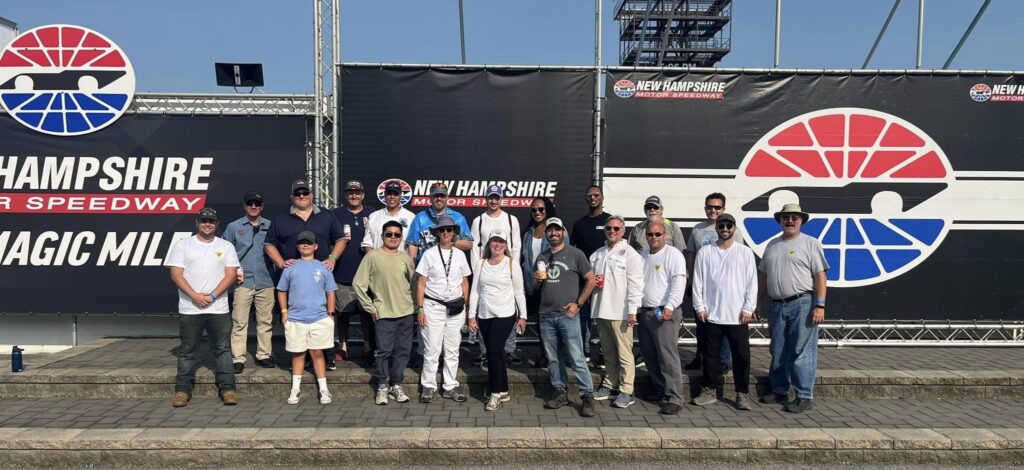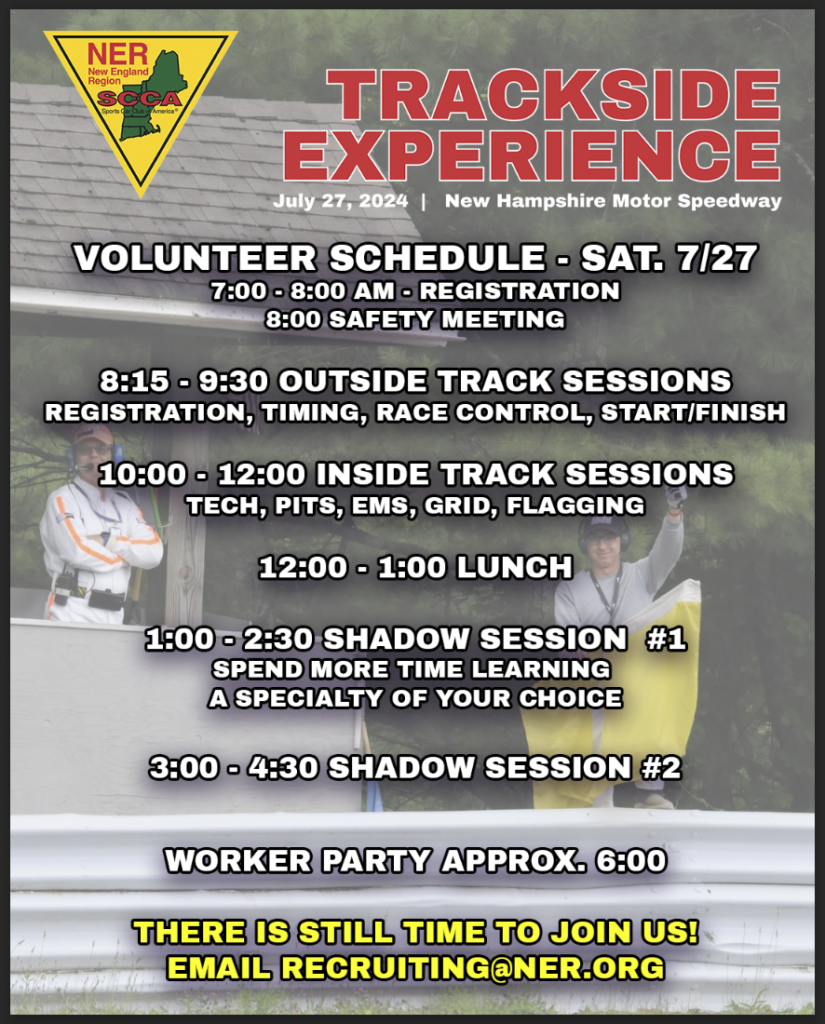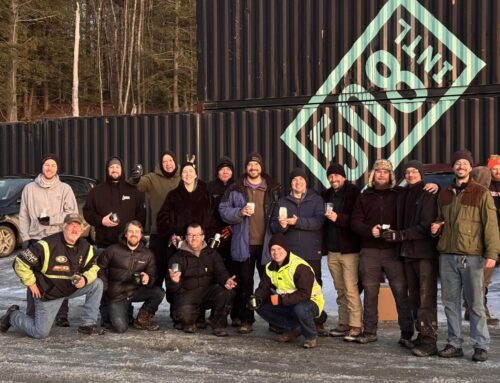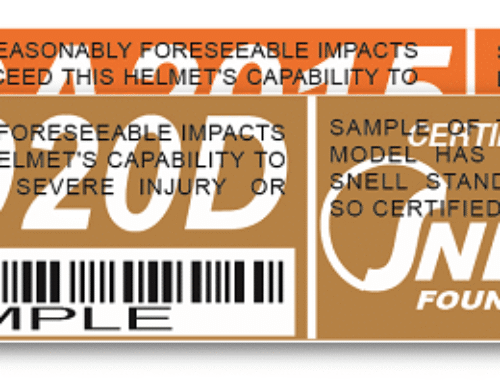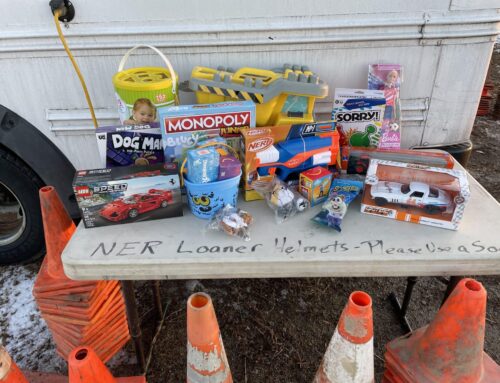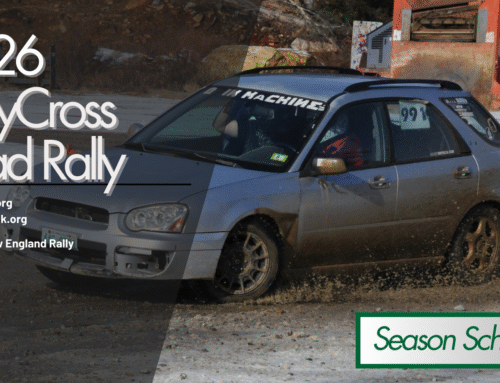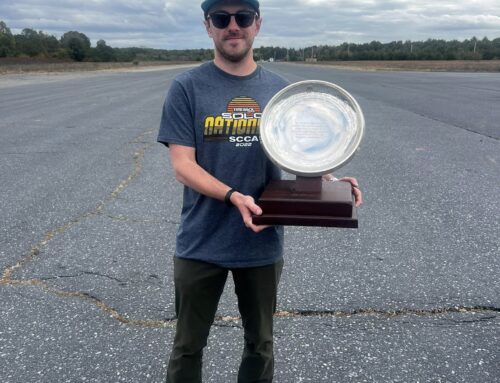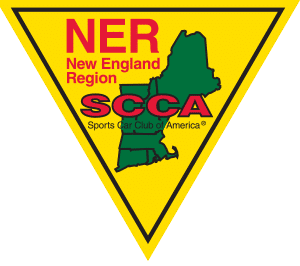
The Need
Ask any SCCA region across the country, and the need for volunteer workers is a growing concern. Where road racing events used to have four or five workers staffing each turn, now many times F&C chiefs are struggling to cover every flag station with at least two, sometimes settling for a single worker at a rare turn that can be manned with just one. Timing and Scoring has become more automated with computerized systems, but still need people who know how to operate those systems; and can then fix them and provide back-ups if they go offline. Trained tech inspectors and registration officials are stretched thin. Grid and pits are at the bare minimums. Race Administration (hospitality) tend to be the same people always stepping up to fill the need.
And as these dedicated, long-term volunteers age and become unable to continue working as much or as often as they did in the past, the number of newer and younger faces showing up to fill the spots has not been at the pace our club needs. The “graying” of SCCA has been, and continues to be, a real concern – particularly in the volunteer worker fields.
Addressing this need became the focus of a Recruiting team Steve Introne, Assistant RE for the New England Region, formed and led this last year. How can we attract new volunteers? Engage them in all the ways they can get involved in our volunteer specialties? Hook them on it? Then keep them coming back?
Joining him on the team were NER members Salvatore Baisley, Mike Petrucci, Tom Kirchman, Josh Neumann, Donnie Roberts, Roger French and David White. One year ago they began brainstorming ideas on how to achieve those goals. Ultimately, they settled on the idea of hosting a one-day recruiting event to showcase everything worker related – and called it Trackside Experience. Then the planning began.
What is Trackside Experience?
It became clear, the team needed a way to let potential workers see, hear, feel and experience each of the opportunities to get involved at the track. SCCA has always offered On The Job (OTJ) training to new volunteers. But we’ve usually required newbies to commit to a single specialty for the entire day or weekend. For this event, attendees get to try them all.
For the first half of the day, during the morning sessions, the entire group made the rounds and visited all areas of the track. This allowed them to also get the lay of the land, as for many, this was their first time ever even being at a road race event! Each specialty chief gave a brief explanation of what they did, and the roles and responsibilities of the workers. Then after lunch, every person was able to pick their two favorites and go try them out for a couple sessions. F&C people were put to work waving flags on corners, tech people helped weigh cars on scales, T&S did taping of cars as back-ups, and those that went to the grid assisted with arranging cars for the starts of the afternoon races.
This truly was a way to see it all and experience it all.
Scheduled during NER’s annual Racing Against Leukemia weekend at New Hampshire Motor Speedway, all participants where then invited to stay for the dinner and party at the end of the day, and even watch and join in the fundraising raffle/auction to support the UMass Memorial Medical Center if they wanted to. Lunch was provided, as well as snacks and water throughout the day. Free temporary weekend memberships were processed for each of the attendees (and NER’s Worker Incentive Program was explained, where new volunteer workers can earn a free one-year SCCA membership.)
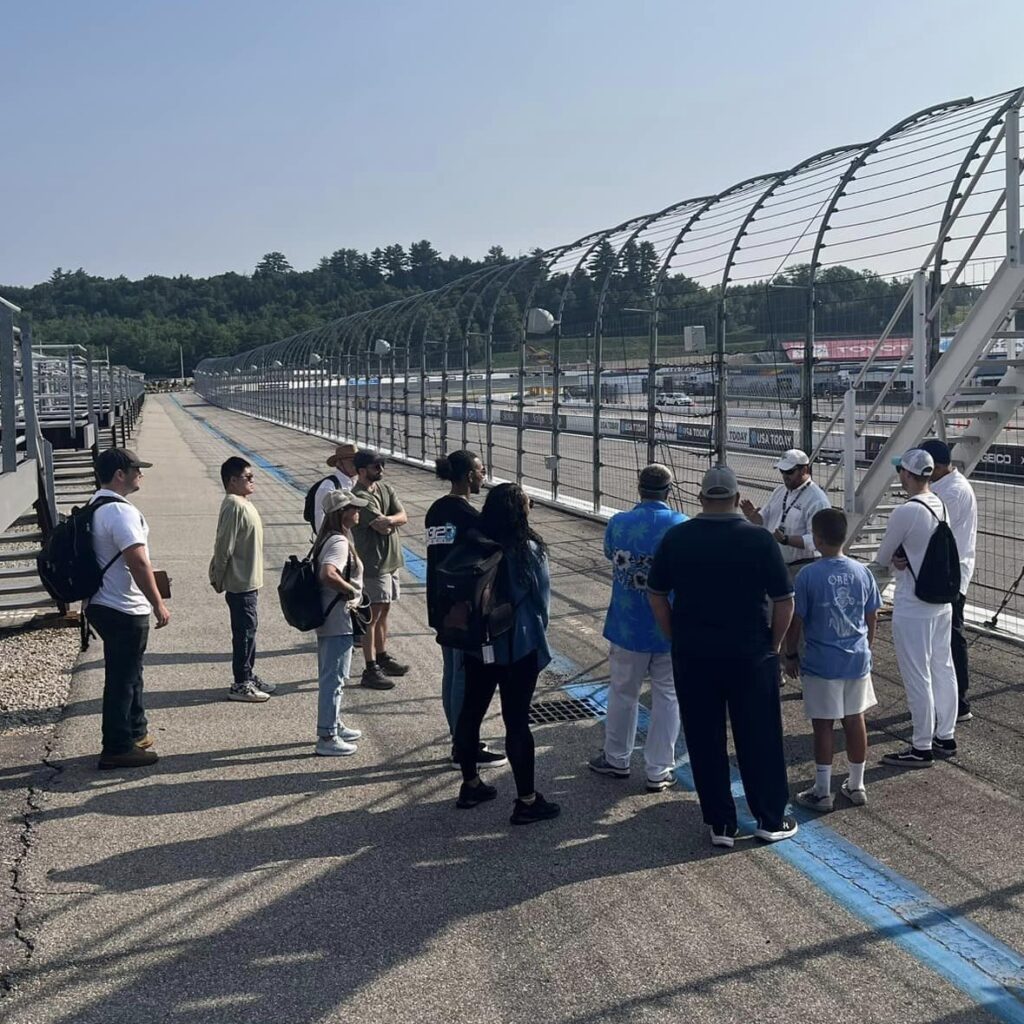
At the NHMS Start Stand
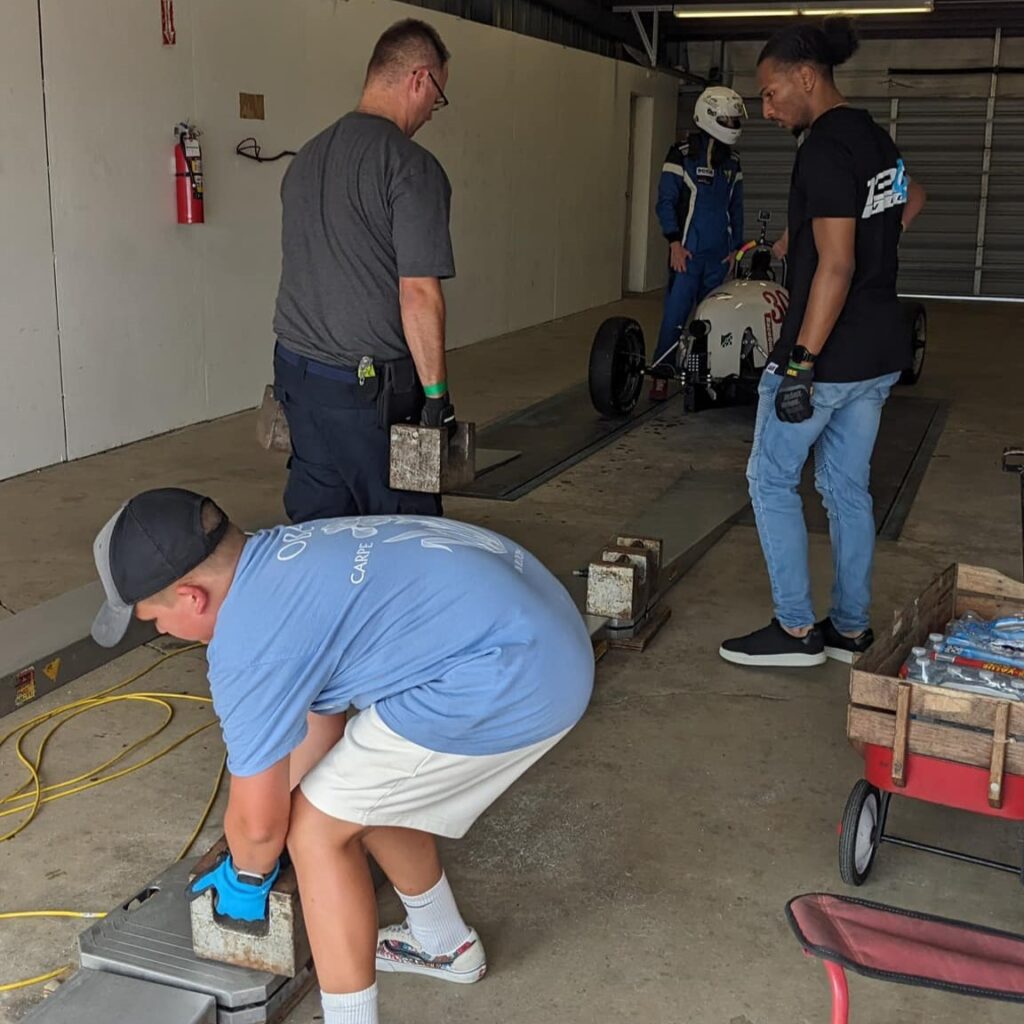
Working the Scales in Tech
Getting the People There
20 potential new workers attended the Trackside Experience event on Saturday, July 27. For a program that had never been attempted before, and was put together with a limited budget and nothing but region volunteers – it is safe to say that was an extremely successful turnout.
However, getting those 20 attendees to the track took a significant amount of work and effort. Multiple avenues to promote, bring awareness, and get sign-ups were utilized, but the 1:1 marketing at the Boston Auto Show was by far the most successful. Recruiting team members spent 3 days on site at the venue, which was already filled with car enthusiasts, talking up the Trackside Experience as attendees came through the NER booth. There were banners with a QR code, that linked to a simple contact page, and we encouraged people to quickly enter their name, phone, and email while talking to them in the booth. During that weekend alone, almost 60 contacts were collected and added to our targeted recruiting email list.
That QR code to collect contacts, which was on all the promotional materials, was the foundation for an email campaign to encourage sign-ups. Over the course of three months, 5 targeted emails went out explaining the Trackside Experience event, and providing links to the MSR registration page.
Other promotional tools included:
- Reaching out to local community college automotive programs and providing them with brochures and information
- Regularly targeting Track Night in America participants with event info
- Promoting the event within the region for friends and family of current racers, or members in other programs (rally/solo) to explore
- Facebook advertising
Hard costs incurred included the purchase of two retractable display banners, which cost roughly $150 each, as well as business and rack cards. Then there was the purchase of a couple Facebook ads at around $50 each. This was not a cost-intensive program. This simply took a team of people, who were committed, dedicated and willing to put in the time and effort. There is no reason every SCCA region cannot be doing the same thing.
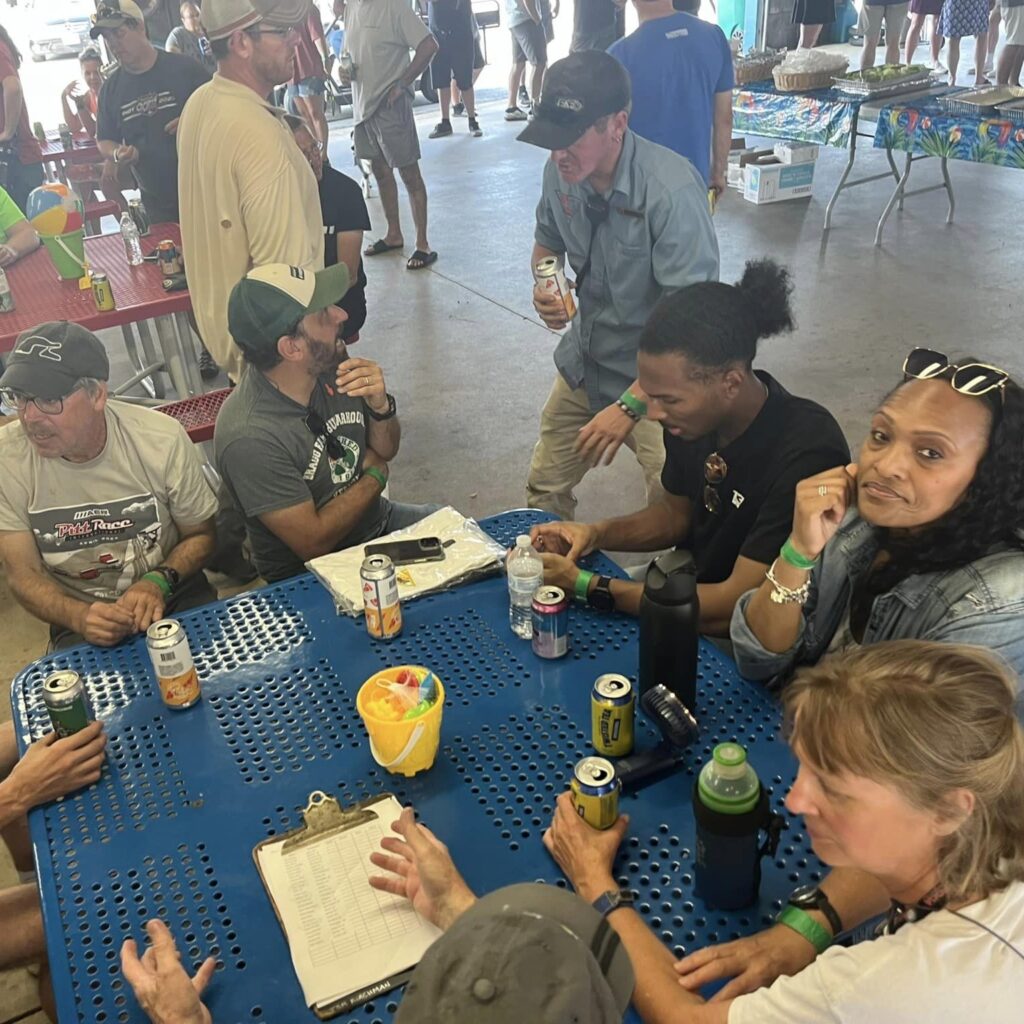
The Results
Needless to say, the results were by far a huge success. Everyone who showed up stayed for the dinner and were able to socialize with other racers and workers at the Saturday night party. A couple purchased full SCCA memberships before leaving for the day, and a few came back to work again on Sunday! Others noted the NER events in the coming weeks and said they planned to join us then. All of them were filled with smiles and lots of questions throughout the day, showing a real interest in what we do and wanting to be a part.
A few days afterward, a follow-up email was sent out to the original entire contact list thanking everyone that attended, highlighting what they were able to experience, and encouraging those that were unable to make it not to worry – they can still come to any future NER event and we’ll be happy to continue with OTJ training for any specialty.
That email also included the NER schedule for the rest of the season, and links to register as a worker for each of them.
Where We Go From Here
As a region, so much was learned from this first event. The recruiting team immediately met the week after to collect all their thoughts and notes on what went well, what hiccups were encountered throughout the day, what they did not anticipate, and how to improve the event for the next time. A few of those include:
- Hold the event earlier in the season so there are more race opportunities afterwards
- Start the event at a later time (9:00 – rather than the normal 7am worker meeting time), since most attendees needed to travel to the track
- Better identification of participants (lanyards/t-shirts) so regular drivers/workers/crew at the event could know who they were and engage
- Create a dedicated Facebook group for participants as they sign-up for reminders, to answer questions, and follow-up afterwards
- Golf carts to get people around the track quicker than just walking
- More time to allow them to just talk to drivers and workers
Huge Thanks
Saying THANK YOU to this Recruiting team just does not do them justice. So often people like to point out flaws or weaknesses, but rarely step up to make things better. Every person on this team volunteered to be a part of it. Besides Steve, none of them are Board of Directors members, or hold leadership positions in our region. They are just regular NER members that responded when Steve stood up at our Annual Meeting and said we needed to do something to address worker recruiting, who would help?
These are the people that make a difference. They’ve done the hard work this last year, and have laid a groundwork that NER will continue to develop in the coming year as planning for the next Trackside Experience begins. Now, hopefully, other regions will take what we’ve started and continue to build off of it within their own areas.
For those other regions, if this is prompting you to ask, can we do something like this? Yes, you can. For any additional questions, feel free to reach out at Recruiting@NER.org. We’re happy to share our resources and knowledge, as developing the next generation of volunteer workers will benefit our entire club.
The First 2024 Trackside Experience Participant Class
